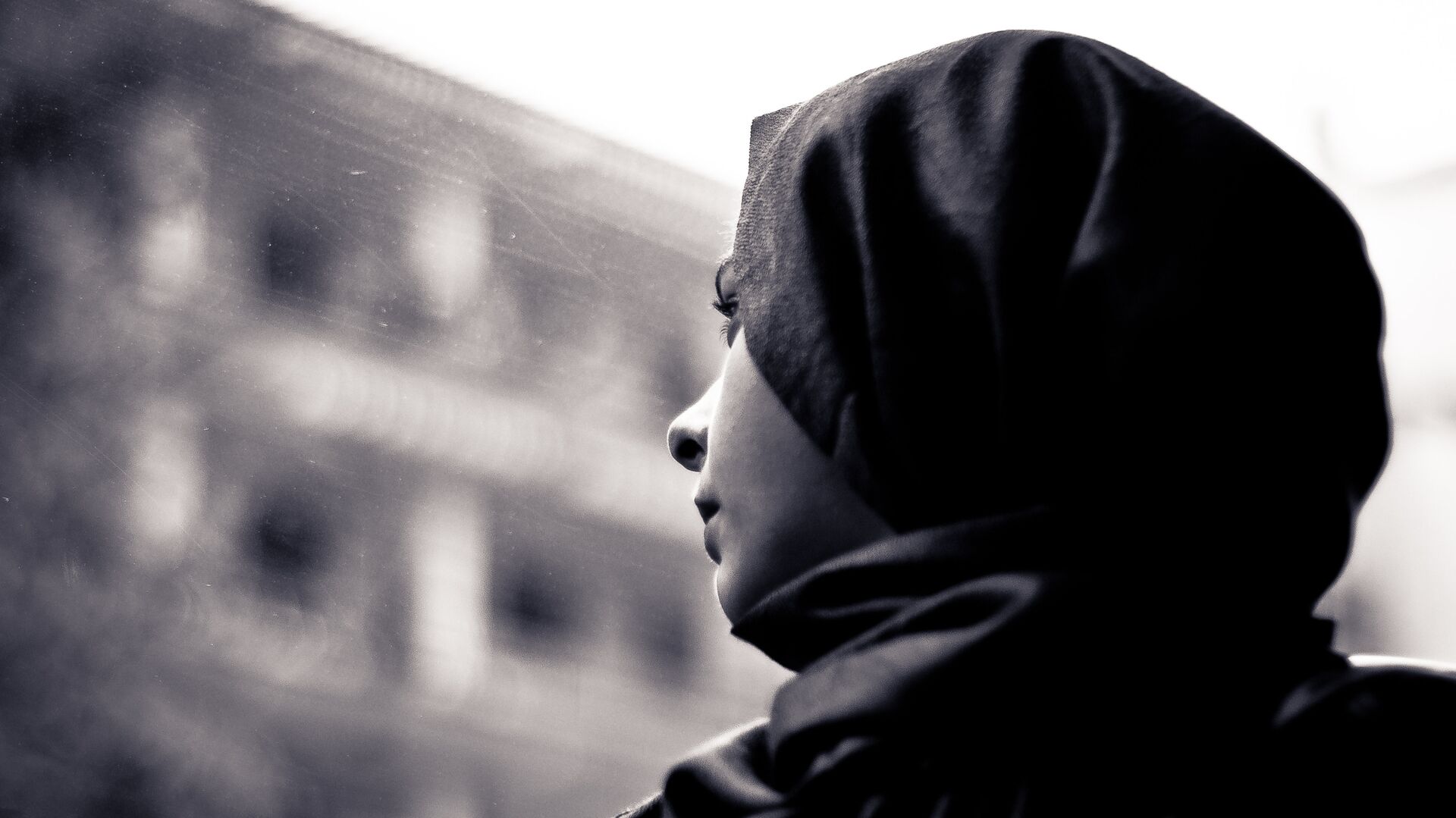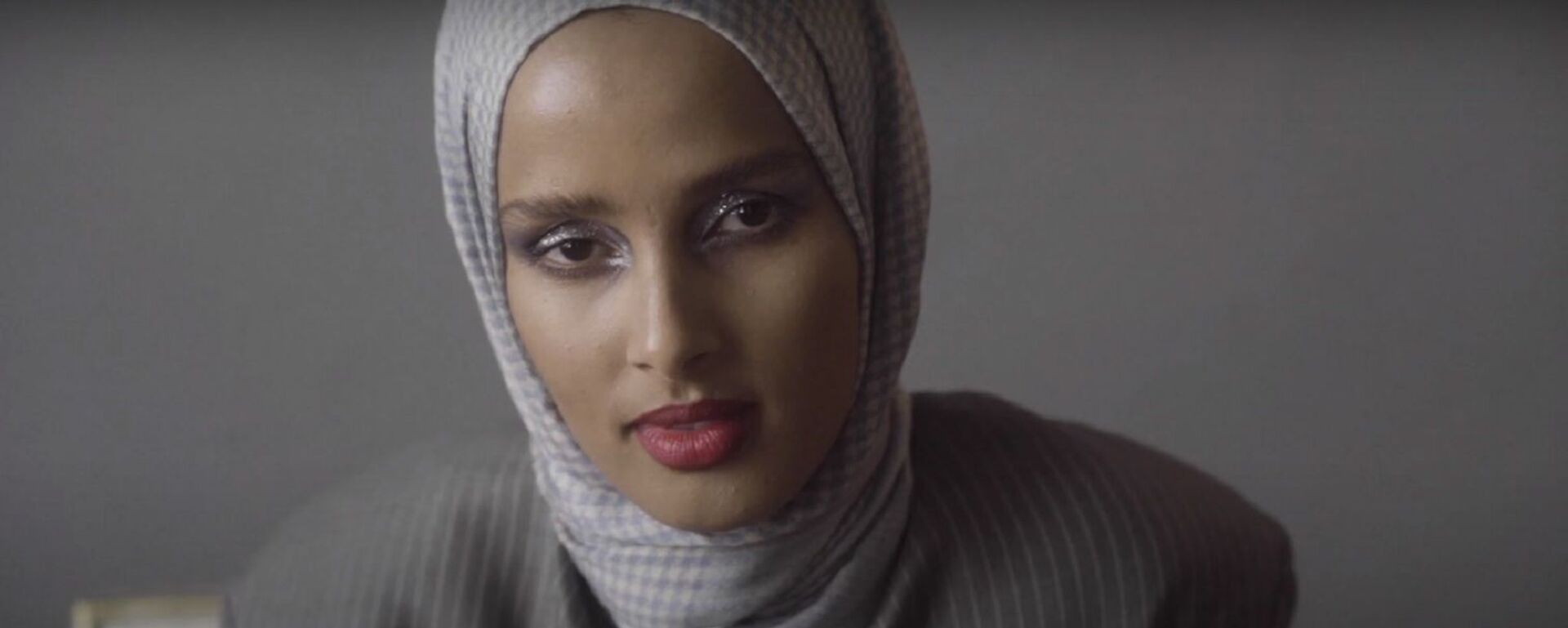https://sputnikglobe.com/20220913/danish-government-committee-proposes-hijab-ban-in-elementary-school--1100704601.html
Danish Government Committee Proposes Hijab Ban in Elementary School
Danish Government Committee Proposes Hijab Ban in Elementary School
Sputnik International
The hijab ban is only one of the recommendations, with the stated aim of preventing honor-related social control and ensuring that women from a minority... 13.09.2022, Sputnik International
2022-09-13T06:31+0000
2022-09-13T06:31+0000
2022-09-13T06:31+0000
world
denmark
scandinavia
newsfeed
hijab
islam
https://cdn1.img.sputnikglobe.com/img/106955/83/1069558319_0:0:3972:2234_1920x0_80_0_0_8ccdd3765144242e4768b38457b2b758.jpg
The Danish Commission for the Forgotten Women’s Struggle, a body set up by the country’s ruling Social Democratic Party, has recommended that the country’s government ban hijabs for students in Danish elementary schools. According to the commission’s report, the use of headscarves in elementary school can create a division between children into two groups – ‘us’ and ‘them’. “If the implementation of the recommendation requires the establishment of a general ban on the use of religious symbols in primary schools, the commission supports this,” it said.This is one of nine recommendations with the stated aim of preventing “honor-related social control” and ensuring that all women from a minority background could enjoy the same rights and freedoms as all Danish women. The other recommendations include providing Danish language courses, promoting modern child upbringing practices in ethnic minority families, strengthening sexual education in elementary schools, and tightening control over Muslim schools. A 2018 study on behalf of the Danish Education Ministry found that only 43 percent of the ethnic minority girls are allowed to see male friends in their spare time, while the same is the case for 88 percent of the ethnic Danish girls. Furthermore, wholly 13 percent of ethnic minority girls were afraid that their families would plan their future against their will, while the same is the case for only 5 percent of the ethnic majority girls. One of the stated aims of the commission is therefore to introduce recommendations on how to equalize differences like these between Danes who are ethnic minorities and their majority peers. The commission is set to make additional recommendations in the coming months and is expected to complete its work at the beginning of 2023. According to a 2020 report, Denmark is home to over 250,000 Muslims (or 4.4 percent of the population). Their share has been steadily increasing over the past several decades in lockstep with mass immigration into the Nordic country. Today, immigrants make up 8 percent of Denmark's population of 5.8 million. Over the past decade, however, Denmark has been gradually tightening the screws on its immigration and integration laws, with several consecutive governments regardless of their political affiliation imposing restrictions and tougher measures, to the point of controversy. Among others, the government has come under accusations of racism for its so-called ‘anti-ghetto’ laws, which allow forcible eviction and the razing of problematic property.
https://sputnikglobe.com/20210526/hijab-wearing-model-of-colour-becomes-fashion-editor-for-scandinavian-vogue-1082997928.html
denmark
scandinavia
Sputnik International
feedback@sputniknews.com
+74956456601
MIA „Rossiya Segodnya“
2022
News
en_EN
Sputnik International
feedback@sputniknews.com
+74956456601
MIA „Rossiya Segodnya“
Sputnik International
feedback@sputniknews.com
+74956456601
MIA „Rossiya Segodnya“
denmark, scandinavia, newsfeed, hijab, islam
denmark, scandinavia, newsfeed, hijab, islam
Danish Government Committee Proposes Hijab Ban in Elementary School
The hijab ban is only one of the recommendations, with the stated aim of preventing honor-related social control and ensuring that women from a minority background could enjoy the same rights and freedoms as all Danish women.
The Danish Commission for the Forgotten Women’s Struggle, a body set up by the country’s ruling Social Democratic Party, has recommended that the country’s government ban hijabs for students in Danish elementary schools.
According to the commission’s
report, the use of headscarves in elementary school can create a division between children into two groups – ‘us’ and ‘them’.
“If the implementation of the recommendation requires the establishment of a general ban on the use of religious symbols in primary schools, the commission supports this,” it said.
This is one of nine recommendations with the stated aim of preventing “honor-related social control” and ensuring that all women from a minority background could enjoy the same rights and freedoms as all Danish women. The other recommendations include providing Danish language courses, promoting modern child upbringing practices in ethnic minority families, strengthening sexual education in elementary schools, and tightening control over Muslim schools.
“Girls who grow up in Denmark must be able to decide for themselves what clothes they want to wear, who they sit next to in class and what boyfriend they want. They do not have to bear the responsibility for their parents being well-regarded in social circles. Unfortunately, we still see honor-related social control in minority ethnic environments, where very young girls don’t have the same rights and opportunities to live a life that most of us take for granted. It is therefore important that we as a society drop the fear of touch and intervene early,” the chairwoman of the Commission for the Forgotten Women's Struggle, Christina Krzyrosiak Hansen, said in a statement.
A 2018 study on behalf of the Danish Education Ministry found that only 43 percent of the ethnic minority girls are allowed to see male friends in their spare time, while the same is the case for 88 percent of the ethnic Danish girls.
Furthermore, wholly 13 percent of ethnic minority girls were afraid that their families would plan their future against their will, while the same is the case for only 5 percent of the ethnic majority girls. One of the stated aims of the commission is therefore to introduce recommendations on how to equalize differences like these between Danes who are ethnic minorities and their majority peers.
The commission is set to make additional recommendations in the coming months and is expected to complete its work at the beginning of 2023.
According to a 2020 report, Denmark is home to over 250,000 Muslims (or 4.4 percent of the population). Their share has been steadily increasing over the past several decades in lockstep with mass immigration into the Nordic country. Today, immigrants make up 8 percent of Denmark's population of 5.8 million.
Over the past decade, however, Denmark has been gradually tightening the screws on its immigration and integration laws, with several consecutive governments regardless of their political affiliation imposing restrictions and tougher measures, to the point of controversy. Among others, the government has come under accusations of racism for its so-called ‘anti-ghetto’ laws, which allow forcible eviction and the razing of problematic property.



